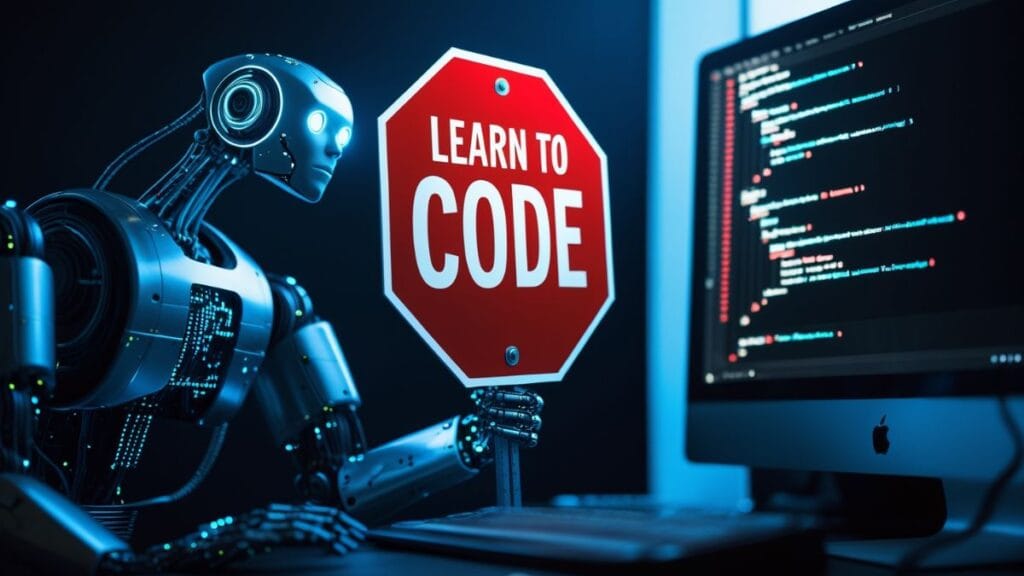The race to use AI in scientific research just got a new player. FutureHouse, backed by former Google CEO Eric Schmidt, has released a set of AI tools meant to help scientists with their work. While many tech firms claim AI will change how we do science, these new tools show both the hope and limits of what AI can do in labs today.
What FutureHouse Offers
FutureHouse wants to build an “AI scientist” in the next ten years. Their first step toward this goal is a new platform with four main AI tools:
Crow helps users search through research papers and answers questions about them.
Falcon runs deeper searches of scientific papers and databases to find specific information.
Owl seeks out past work in a given field to help avoid repeating what others have done.
Phoenix works with chemistry, helping plan experiments using special tools.
Unlike some AI systems, FutureHouse says their tools can access many open-access papers and use special scientific tools. They also claim their AIs show their steps clearly and look at each source more deeply than other systems.
The Wider Race to Build AI for Science
FutureHouse isn’t alone in this field. Many startups with large amounts of funding are working on AI tools for science. Big tech firms are also jumping in – Google has its “AI co-scientist” to help with making guesses and planning tests.
The heads of AI firms like OpenAI and Anthropic have said AI could speed up scientific work, most of all in medicine. But there’s a gap between what companies say and what scientists think. Many researchers still don’t find AI very useful for guiding their work, mostly because it’s not yet trustworthy enough.
Can These Tools Actually Help Scientists?
For all the buzz, FutureHouse hasn’t yet made any new scientific finds with its AI tools. This points to a key issue: AIs might help when you need to sort through lots of options, but they may not be good at the clever thinking that leads to true breakthroughs.
So far, AI tools for science haven’t lived up to the hype. For instance, Google once said its AI helped make about 40 new materials, but when others looked into it, none of these materials were truly new.
FutureHouse admits its tools may make mistakes. They’ve released them now “in the spirit of rapid iteration” and want users to give feedback.
What These Tools Mean for Technical Teams
If you work in a lab or tech firm thinking about using AI tools like these, here’s what to keep in mind:
Scientific AI tools work best as helpers, not leaders. They’re good at tasks like finding patterns in data, sorting through papers, and suggesting next steps.
The risk of AI “hallucinations” (making up false information) is still a big issue, especially in science where being wrong has serious costs.
Teams should test these tools on known problems first. See if they can find facts you already know before trusting them with new questions.
Always check AI outputs against other sources. Think of AI as one voice in a team, not the final word.
How to Evaluate Tools Like These
For teams looking at FutureHouse’s tools or others like them, try this test: pick a problem where you know the answer, and see how well the AI does. Look for:
How often does it make stuff up? Ask it questions where you can check the answers.
Does it show its work? Good AI tools should explain how they reached their conclusions.
Can it connect ideas from different fields? True breakthroughs often come from mixing knowledge from various areas.
How well does it work with your existing systems? The best AI fits into your current ways of working.
The Human-AI Science Team
The most useful way to think about these tools is as team members with specific skills and limits. They can:
Read and sort through more papers than any human could.
Look for patterns across thousands of experiments.
Suggest new angles you might not have thought of.
But they can’t:
Fully understand the meaning of their findings.
Judge what’s truly important or interesting.
Replace the creative leaps that human minds make.
The Path Forward
FutureHouse’s approach of releasing tools early for feedback makes sense. Scientific AI is still new, and both the tools and how we use them will need to grow together.
For now, labs should try these tools with clear eyes – seeing both what they might do and what they can’t. The best results will likely come from teams who learn to work with AI rather than expect it to work for them.
The goal isn’t an AI that makes breakthroughs on its own. It’s an AI that helps human scientists make more breakthroughs, faster and with greater insight than before.
The next few years will show whether FutureHouse and others can create AI tools that truly help science move forward, or if they’ll join the long list of tech that promised more than it could deliver. For those working in labs or tech firms, now is the time to start testing these tools – carefully, skeptically, but with an open mind to how they might help your work.


